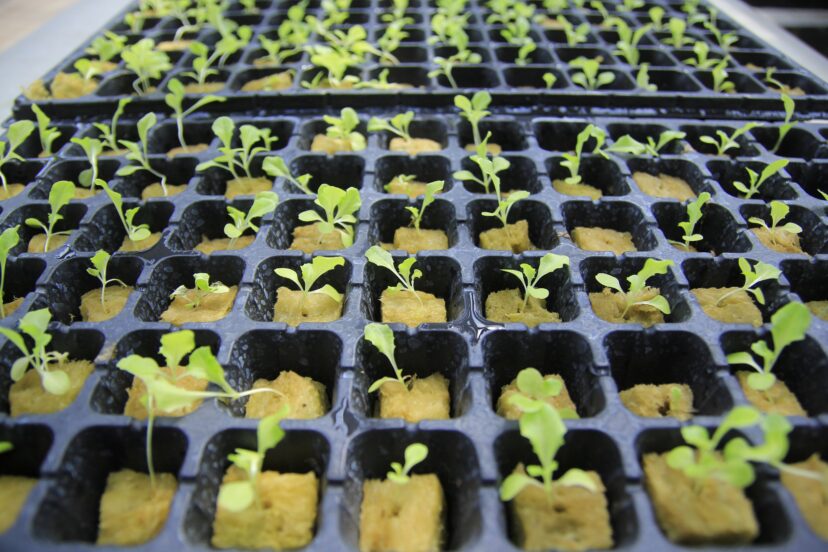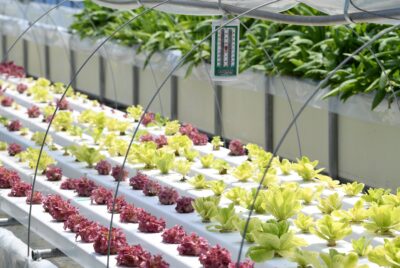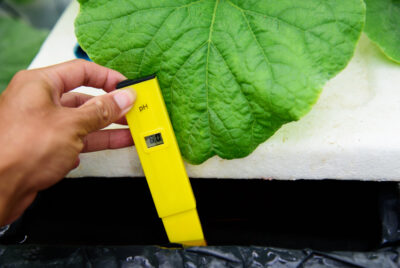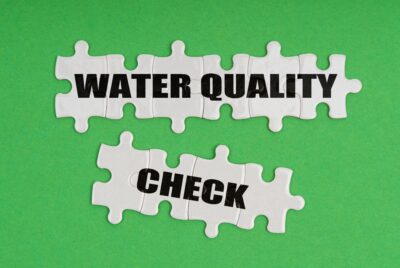Hydroponic Propagation
We may earn a commision from purchases made using our links. Please see our disclosure to learn more.
The Steps to Hydroponic Propagation.
Hydroponic propagation, simply put, is a method of growing plants without soil. Instead, plants are grown in a water-based hydroponic fertilizer solution rich in essential nutrients. Intrigued yet? Let’s dig a bit deeper.
Benefits of Hydroponic Propagation
Hydroponic propagation has several advantages over traditional soil-based growing. It allows for precise control over nutrients, pH levels, and water supply, leading to healthier, more robust plants. Plus, it’s perfect for urban dwellers with limited outdoor space. Do I hear an “amen”?
The Basics
The Necessary Equipment
To get started with hydroponic propagation, you will need some basic equipment such as a growing medium (like perlite or rockwool), trays, a dome for trays, sharp scissors/scalpel, rooting gel/powder, and a light source. Got it all? Great, we’re ready to dive in.
The Best Plants for Soilless Hydroponic Gardening
While you can grow a variety of plants hydroponically, leafy greens and herbs like lettuce and basil are often the easiest for beginners. But hey, who said you can’t experiment with your favorite plant?
Step-by-Step Guide to Hydroponic Propagation
Step 1: Choose the Plant
Choosing the right plant for soilless hydroponic gardening is crucial. Let’s say you opt for a basil plant – it’s a beginner-friendly choice, and you get to make pesto!
Reason for the Choice
Basil adapts well to soilless hydroponic gardening systems, grows quickly, and is generally disease-resistant. Plus, there’s the pesto.
Step 2: Cut and Prepare the Plant
Take a healthy, vigorous stem cutting from your basil plant. Ensure it’s clean to avoid potential disease spread. Easy, right?
Tips for Cutting and Preparing
Aim for a cutting with several sets of leaves – this will help the plant photosynthesize and grow more robustly in the hydroponic propagation system. Then dip cutting into a rooting gel/powder of your choosing.
Step 3: Establish the Hydroponic System
Next, place your cutting into your chosen hydroponic growing medium (making sure it is soaked with your chosen hydroponic fertilizer, ensuring it stands upright. Position the light source appropriately. Now, we’re in business!
Tips for Establishing a Hydroponic System
Make sure your plant gets ample light, but beware of overheating. And don’t forget to regularly check your hydroponic fertilizer solution’s pH – a range of 5.5 to 6.5 is usually just right for most plants.
Step 4: Care for Your Hydroponic Plant
Hydroponic plants need TLC just like soil-grown ones. Regularly check hydroponic fertilizer levels, pH, and light exposure. And remember – hydroponic doesn’t mean hands-off!
Tips for Plant Care
Keep an eye out for any signs of disease or pest infestations. Swift action can save your plant and your harvest.
Troubleshooting Common Issues
Every garden experiences bumps along the way and hydroponic gardens are no exception. Look out for wilted leaves, stunted growth, or a lackluster appearance, which could indicate issues with nutrient balance, pH levels, or lighting. Remember, don’t hesitate to reach out to your fellow hydroponic enthusiasts for advice when in doubt!
Conclusion
Future of Soilless Propagation
Hydroponic propagation is a forward-thinking, sustainable solution for many of our traditional agriculture issues. As water and space become increasingly scarce, this method provides an innovative and efficient way to grow plants simply by using some basic hydroponic instruments and controllers. So why wait? Take the plunge into hydroponics today – your future self (and perhaps your tastebuds) will thank you.
FAQ’s
What other plants are suitable for hydroponic propagation?
Besides basil and lettuce, other plants that do well include tomatoes, strawberries, and even orchids!
How often should I change the hydroponic fertilizer solution in my hydroponic system?
It depends on the system and plant, but generally, every two weeks is a good rule of thumb.
Can I use tap water for my hydroponic system?
Yes, you can. However, ensure to check and adjust the pH level accordingly.
Do hydroponic plants grow faster?
Generally, yes. Hydroponic plants often grow faster and produce more yield than their soil-grown counterparts due to optimized growing conditions.
Why are my hydroponic plants wilting?
It could be due to various reasons such as nutrient deficiency, incorrect pH, or inadequate lighting. Check these factors and adjust as necessary.





Comments are closed.